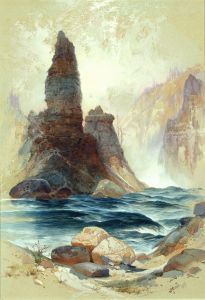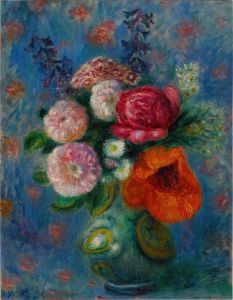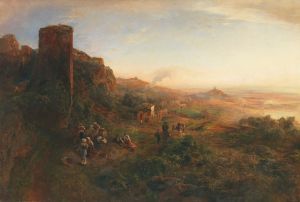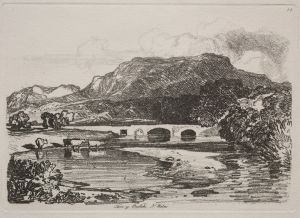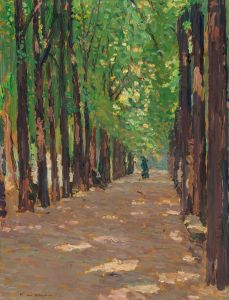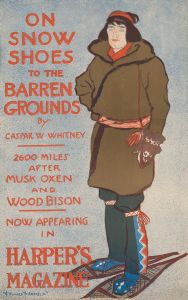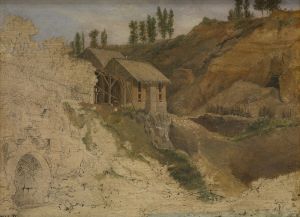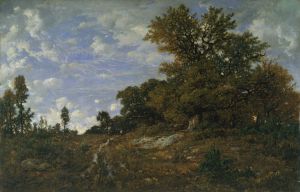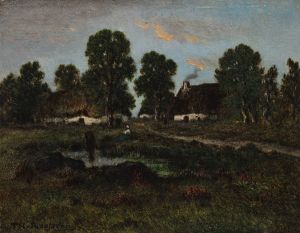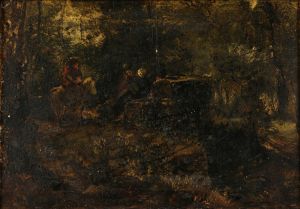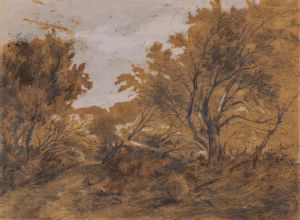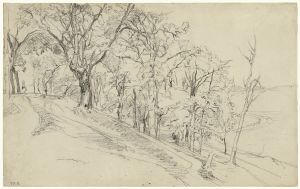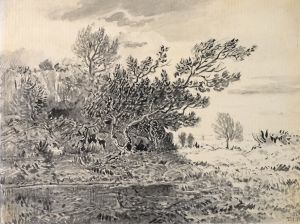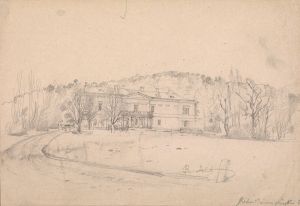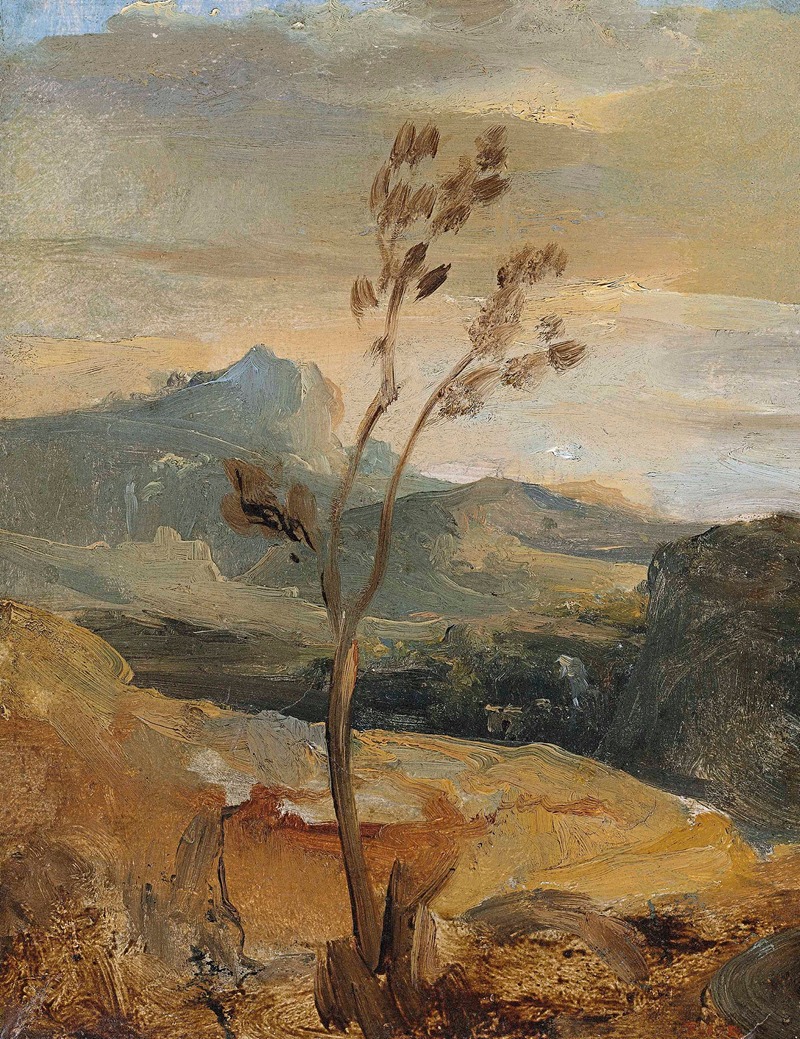
Paysage d’Auvergne
A hand-painted replica of Théodore Rousseau’s masterpiece Paysage d’Auvergne, meticulously crafted by professional artists to capture the true essence of the original. Each piece is created with museum-quality canvas and rare mineral pigments, carefully painted by experienced artists with delicate brushstrokes and rich, layered colors to perfectly recreate the texture of the original artwork. Unlike machine-printed reproductions, this hand-painted version brings the painting to life, infused with the artist’s emotions and skill in every stroke. Whether for personal collection or home decoration, it instantly elevates the artistic atmosphere of any space.
Théodore Rousseau, a prominent figure in the Barbizon School of painters, created "Paysage d’Auvergne" (Landscape of Auvergne) during the 19th century. Rousseau, born in Paris in 1812, was known for his dedication to landscape painting and his desire to capture the natural beauty of the French countryside. His work often reflected a deep appreciation for nature, which was a central theme for the Barbizon School, a group of artists who settled in the village of Barbizon near the Forest of Fontainebleau.
"Paysage d’Auvergne" exemplifies Rousseau's skill in depicting the serene and majestic landscapes of France. The Auvergne region, located in central France, is known for its dramatic volcanic landscapes, rolling hills, and lush greenery. Rousseau's painting captures the essence of this region with meticulous attention to detail and a keen observation of natural light and atmosphere.
In "Paysage d’Auvergne," Rousseau employs a palette of earthy tones and rich greens to convey the verdant landscape. The composition is balanced, with a foreground that draws the viewer's eye into the scene, leading to a middle ground of rolling hills and a distant background of mountains or highlands. The sky, often a significant element in Rousseau's works, is depicted with a sense of movement and depth, suggesting changing weather or the time of day.
Rousseau's technique involves a careful layering of paint to build texture and depth, creating a realistic yet evocative portrayal of the landscape. His brushwork varies from fine, detailed strokes for foliage and natural features to broader, more expressive strokes for the sky and distant elements. This combination of precision and expressiveness is characteristic of Rousseau's style and contributes to the immersive quality of his landscapes.
The painting reflects Rousseau's philosophy that nature should be observed and rendered with fidelity and respect. He often spent extended periods outdoors, sketching and studying his subjects directly from nature. This practice allowed him to capture the transient effects of light and weather, which are evident in "Paysage d’Auvergne."
Rousseau's work, including "Paysage d’Auvergne," played a significant role in the development of landscape painting in the 19th century. His influence extended beyond the Barbizon School, impacting later movements such as Impressionism. Artists like Claude Monet and Camille Pissarro admired Rousseau's dedication to plein air painting and his ability to convey the emotional and aesthetic qualities of the natural world.
"Paysage d’Auvergne" remains a testament to Théodore Rousseau's mastery as a landscape painter and his deep connection to the French countryside. The painting is celebrated for its beauty, technical skill, and the artist's profound understanding of nature. Today, Rousseau's works are held in high regard and can be found in major art museums and collections around the world, continuing to inspire and captivate viewers with their timeless depiction of the natural landscape.





